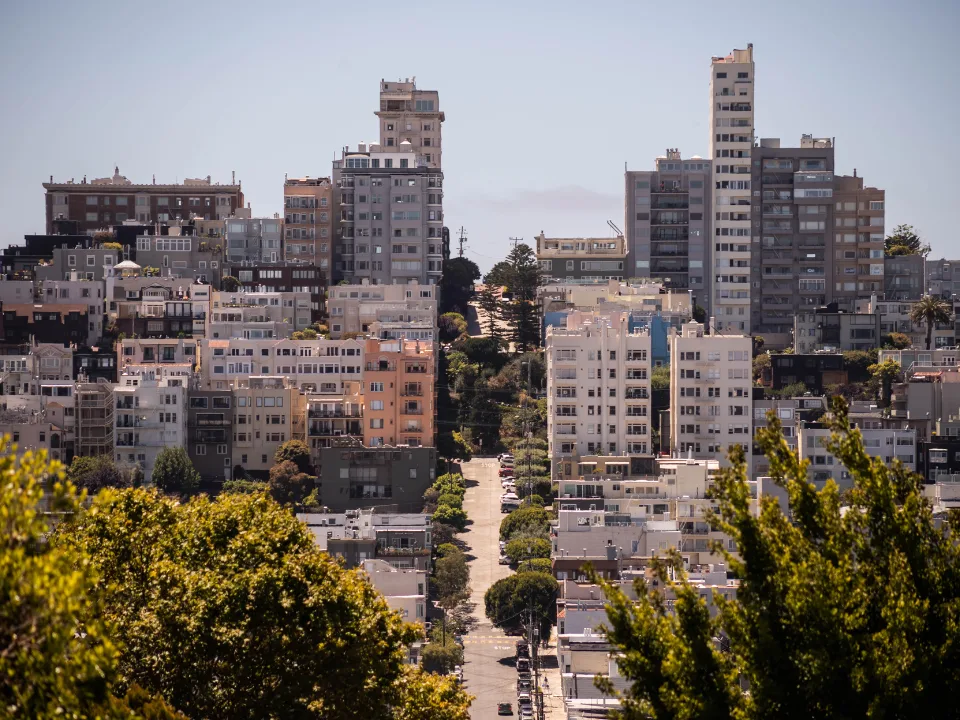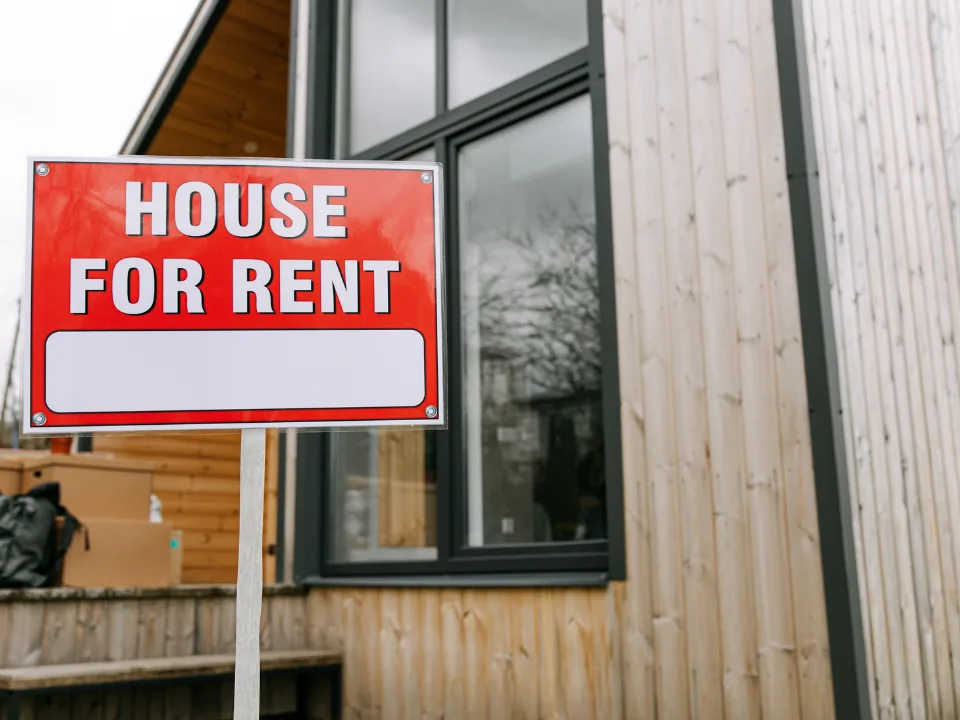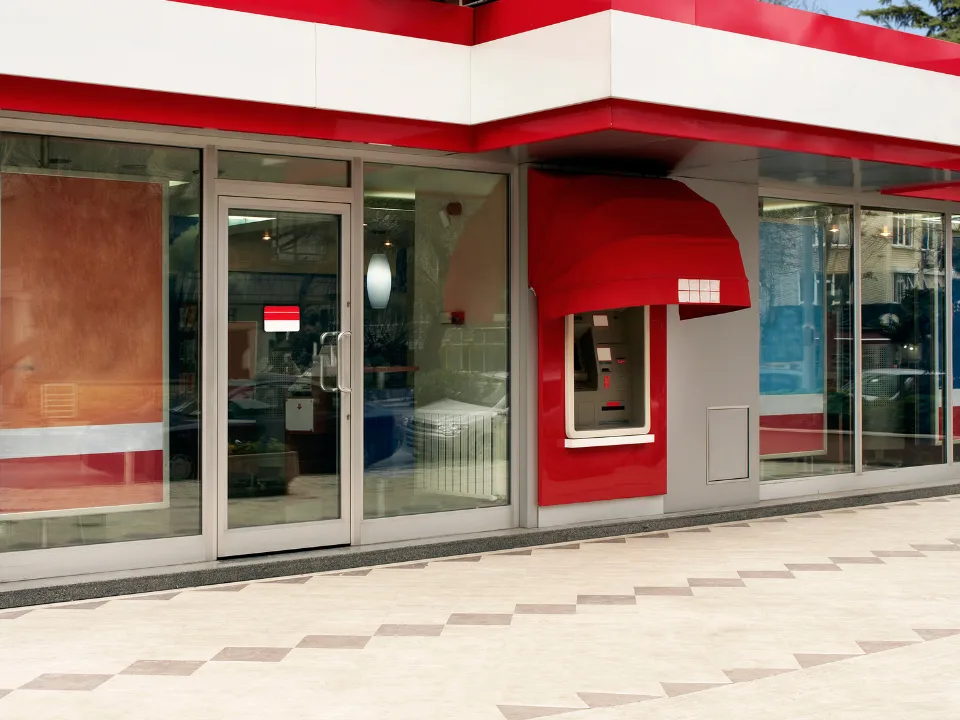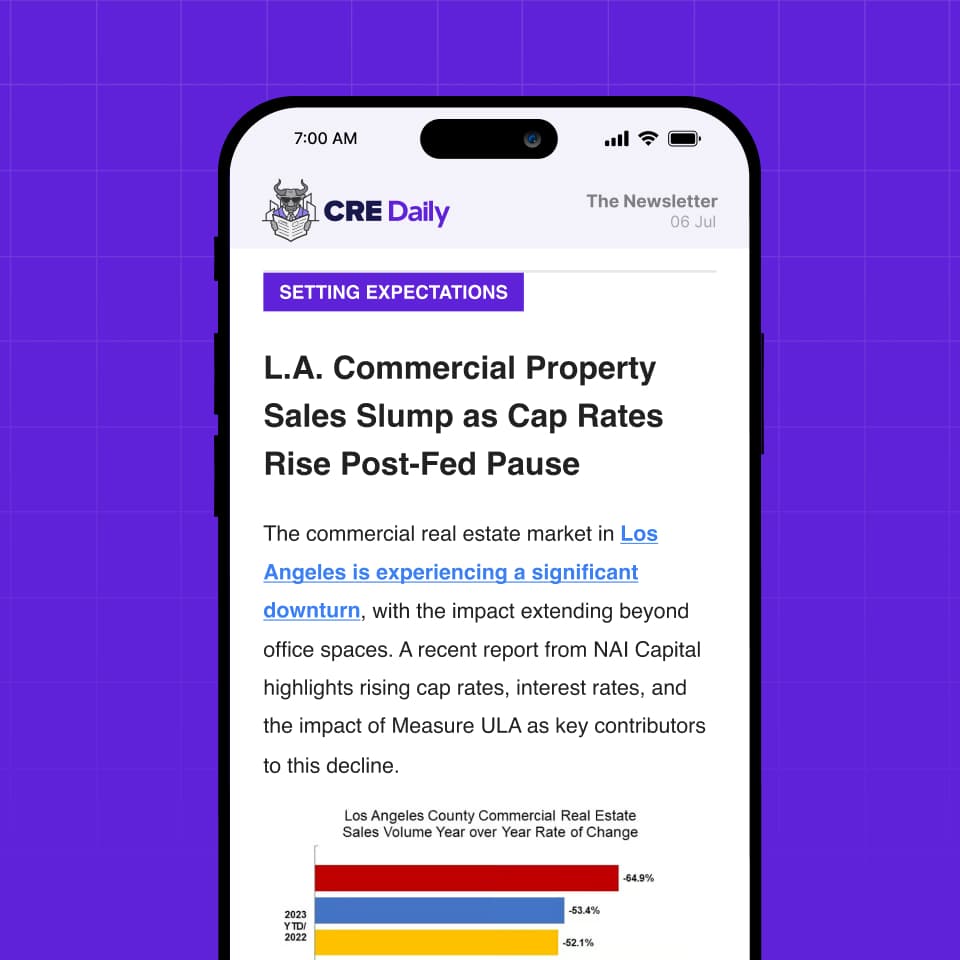- Simon Property Group is investing heavily in second-tier malls, aiming to modernize and attract higher-rent tenants after focusing on its Class A properties.
- The REIT is adding healthcare, entertainment, and big-box retailers to outdated malls, including Smith Haven Mall on Long Island.
- Simon plans to spend $400M–$500M on mall redevelopments in 2025, incorporating mixed-use elements like housing, hotels, and office space.
- With 96% occupancy across its portfolio, Simon sees strong market demand and expects double-digit returns on strategic investments in Class B properties.
Simon Property Group (SPG), the nation’s largest mall owner, is aggressively revamping its aging, second-tier malls, as reported by CoStar.
After years of prioritizing top-tier shopping centers, CEO David Simon announced plans to modernize and reposition Class B malls by filling vacancies with new tenant types, including healthcare, big-box retailers, and entertainment venues.
Overhauling Old Malls
With new mall development virtually nonexistent, Simon Property Group and other retail landlords are doubling down on existing assets. Strategies for revitalizing struggling malls include:
- Adding healthcare tenants: Stony Brook Medicine recently opened an outpatient facility at Smith Haven Mall, filling a 170 KSF space once occupied by Sears.
- Signing big-box retailers: A major new retailer has leased space at Smith Haven Mall, though Simon declined to disclose the name.
- Experiential and entertainment tenants: Golf Lounge 18 will open a 9 KSF facility at Smith Haven Mall in March.
Simon predicts that the investment in Smith Haven Mall alone will generate a 12% return in the next few years, demonstrating the potential upside of these redevelopment projects.
Get Smarter about what matters in CRE
Stay ahead of trends in commercial real estate with CRE Daily – the free newsletter delivering everything you need to start your day in just 5-minutes
Turning a B Into an A
Industry analysts agree that strategic reinvestment can elevate Class B malls to higher-tier properties, leading to increased rent and foot traffic.
“It is not difficult to turn a B+ mall into an A- mall through redevelopment, tenant repositioning, and marketing,” said Rudolph Milian, CEO of retail consulting firm Woodcliff Realty Advisors.
Kristin Mueller, president of Retail Property Management at JLL, noted that landlords typically prioritize trophy assets before shifting capital to secondary markets—a strategy now playing out at Simon Property Group.
Mixed-Use Moves
Simon is also looking beyond retail, incorporating residential, hospitality, and office components into several properties:
- Roosevelt Field (Garden City, NY): A new hotel is planned.
- The Domain (Austin, TX): A hotel expansion is underway.
- The Shops at Clearfork (Fort Worth, TX): Office space is being added.
- Brea Mall (Brea, CA): Housing development is planned.
Simon expects to spend $400M to $500M in 2025 on these redevelopment projects, often in joint ventures with partners.
Market Considerations
While mall upgrades can boost rental income and foot traffic, retail landlords still face challenges:
- E-commerce competition continues to reshape consumer shopping habits.
- Department store closures have forced landlords to rethink anchor tenants, often replacing them with grocery stores, entertainment venues, or mixed-use developments.
- Redevelopment costs are high, and not all struggling malls will survive without significant repositioning efforts.
However, Simon’s strategy is backed by strong fundamentals:
- Mall occupancy rates have climbed to 96% across Simon’s portfolio.
- Demand for high-quality retail space is rising, justifying investment in mid-tier malls.
In Summary
Simon Property Group’s shift toward revitalizing Class B malls reflects a broader trend in retail real estate: landlords must adapt to shifting consumer preferences and market dynamics.
By modernizing outdated malls, integrating healthcare and entertainment tenants, and incorporating mixed-use elements, Simon is betting on long-term rent growth and asset value appreciation.
With retail fundamentals improving, Simon’s $400M+ redevelopment push could be a profitable strategy—but its success will depend on tenant demand, consumer spending, and the ability to execute large-scale property transformations effectively.

















